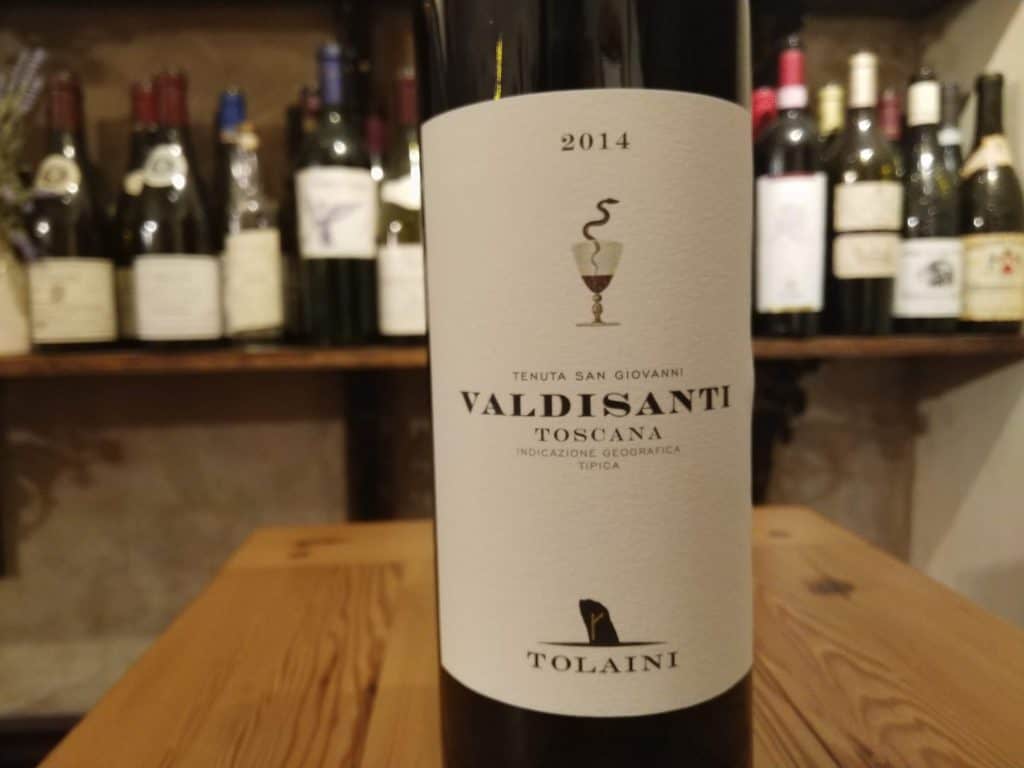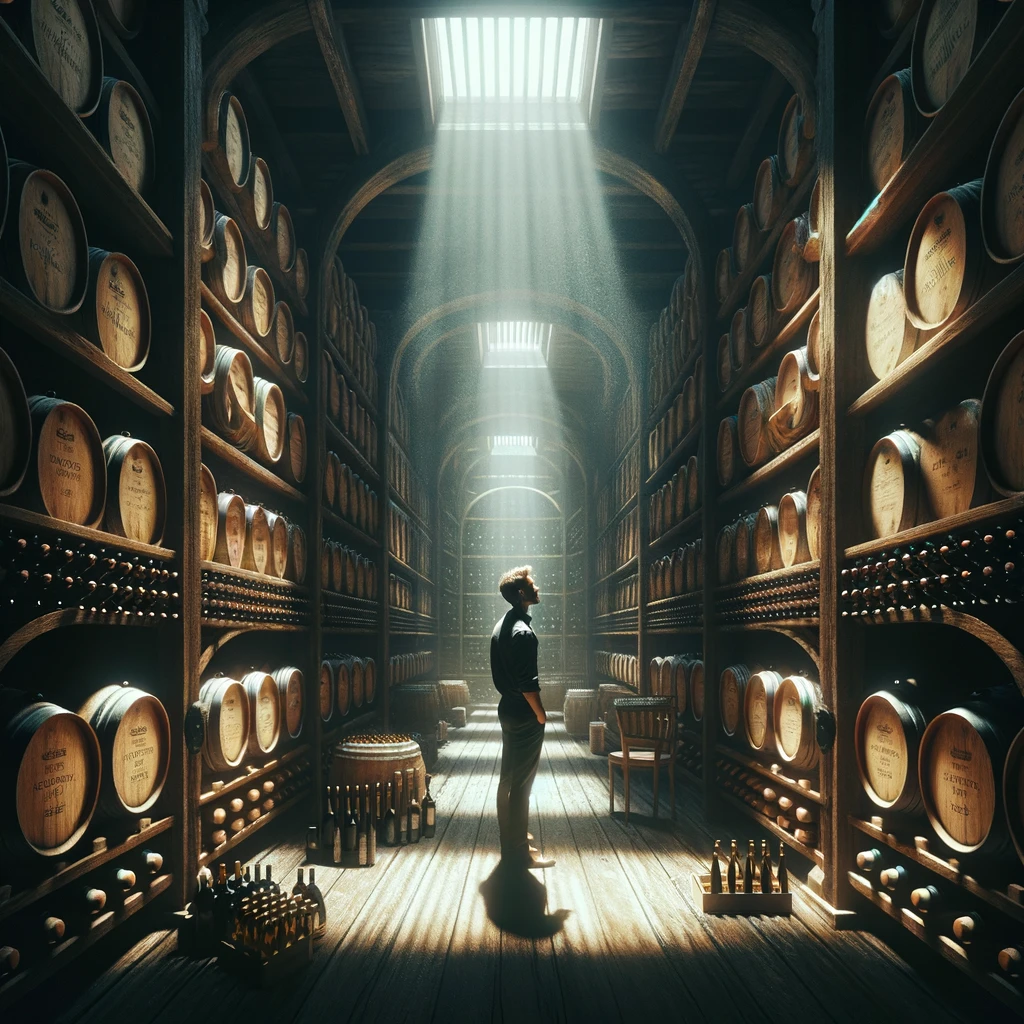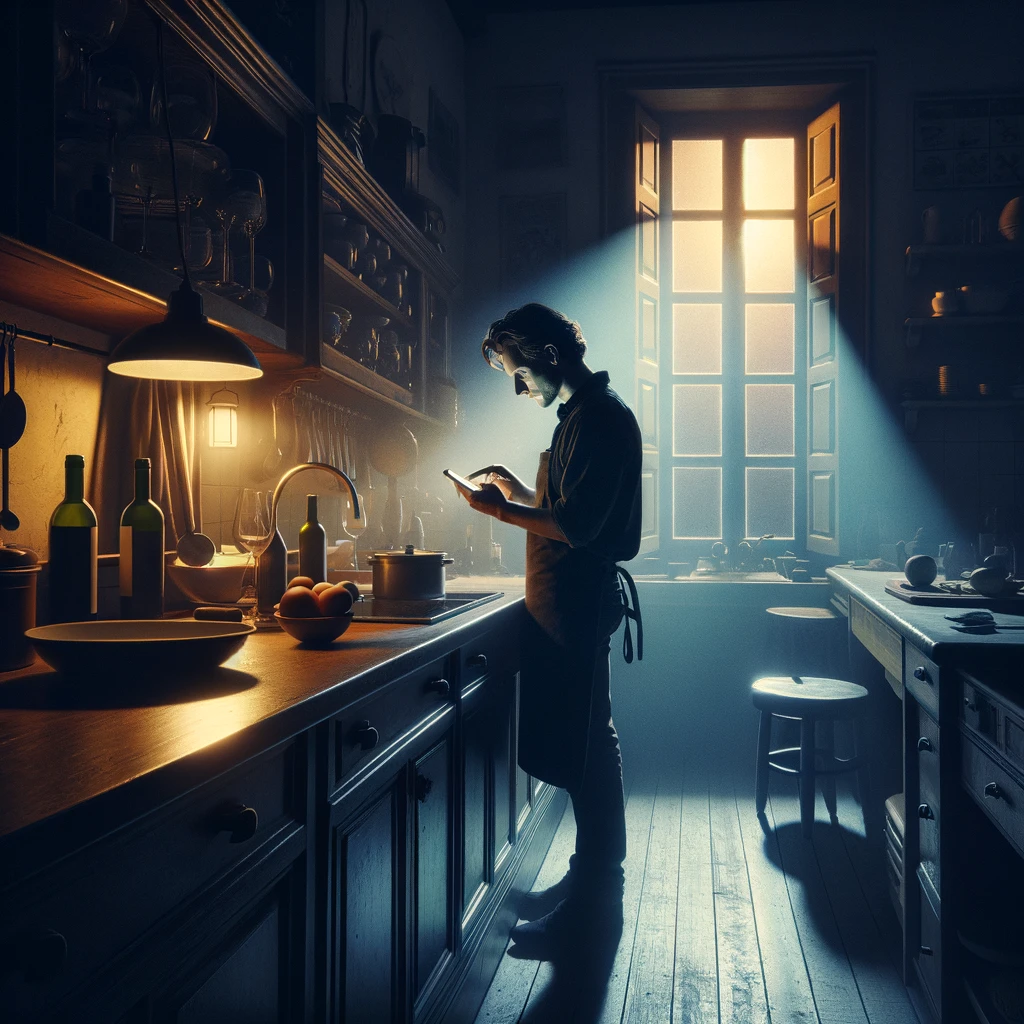You’ll first need to gather some basic tools. Here are our recommendations. We don’t include decanting in this article, but it is recommended.
Waiter’s Corkscrew
Sometimes also referred to as a wine key, this is the only corkscrew used by professionals. It is lightweight and portable and gives the user the most control over the cork. To use it, pull out the tiny blade and use it to remove the foil. Then rest the lever on the bottle’s rim and slowly wind the worm (the metallic helix) into the cork. Once it is inserted three-quarters of the way into the cork, use the lever to extract it from the bottle slowly.
Wine Tasting Glasses
The right glassware is a great indicator of wine knowledge. Experts know that the most important feature of a wine glass is its stem, and they always use it when tasting. This keeps the wine at its ideal serving temperature. In addition to stemless glasses, wine experts eschew faceted crystal or colored glassware that can obscure the appearance of the wine. When it comes to wine glasses, the simplest is best.

Dump Bucket or Spittoon
When tasting wine, only a small amount of wine is necessary. Excessive pouring will hinder your ability to focus throughout the tasting. Using a spittoon preserves your cognition, and for that reason, is a sign of an experienced taster.
A White Surface or Tablecloth
This might sound pretentious, but holding a wine glass over a white surface helps you to evaluate the appearance of the wine. This is important for discerning characteristics like color, viscosity, and clarity. It also helps you to see any effervescence or sediment in the glass.
Natural Light
Scientific studies have shown that lighting influences our ability to perceive the properties of wine. Natural, ambient lighting optimizes the tasting experience. This means that your tasting area should be bright and approximate natural light as much as possible, i.e., no fluorescents or harsh lighting.
Tasting Notebook
Writing down your impressions of wine in a consistent format is one of the best tools available to advance your palate. Not only will it help you remember the wine, but you will also be better able to communicate your thoughts to others.
Setting
Believe it or not, the best time to taste wine is in the morning. Toothpaste, coffee, and food can all dull the palate. At the very least, forgo spicy and fatty dishes before a tasting. It’s also important that the area around you is free from aromas, such as perfume, scented candles, smoke, or cooking odors. All of these things can overwhelm the more delicate aromas present in fine wine.
Wine Tasting!
Now that all your tools are in order, the stage is set to taste.
Step #1
Start with white wines and end with full-bodied reds. This is called a progressive tasting, and does away with the need to rinse your glass between wines. (In fact, it’s preferable not to introduce water to the bowl of the glass once you start tasting.)
Pour approximately 1 oz. of wine into your glass. (It should reach just below the widest part of the glass.) This allows enough room in the glass to swirl the wine properly.
Every beginner starts with the basic protocol called “The Five Esses”. These are: See, Swirl, Sniff, Sip, and Savor.
See
Holding the glass at a 45° angle, note the color and clarity of the wine. White wines range from almost clear to gold, while red wines range from ruby all the way to dark purple. The color, depth, and intensity of wine can offer a glimpse into its age, concentration, body, and overall style. Clarity is also important to recognize; it is the wine’s ability to reflect light. If the wine appears dull or cloudy in the glass, it may be flawed.
Swirl
Holding the glass by its stem, swirl the wine for ten to twenty seconds. This introduces oxygen to the wine, allowing the aroma molecules to volatilize and reach our sensory system.
Sniff
Lower your nose into the bulb of the glass, and don’t be afraid to get as close to the wine as possible. Now inhale deeply, and breathe out through your mouth. Do this a few more times, noticing any familiar smells. Also, pay attention to whether the wine’s aromas change over time. This is where the most sensory information about a wine is gained, so take your time.
Sip
Place a small amount of wine on your tongue, and let it rest there for a few seconds. Begin to notice how it feels, i.e., is it heavy or light? Then swish it around your mouth a few times, making sure to cover the entirety of your tongue, gums, the roof of the mouth, and inside the cheeks. Everyone’s palate is different, and sensations can be detected in many different areas. (If a so-called expert ever shows you a tongue “map” for wine tasting, they are seriously outdated in their wine knowledge.) Pay attention to any tartness or bitterness in the wine, and also note if the tastes are similar or different to the aromas you smelled on the nose.
Savor: The Final Wine Tasting Step!
This is the time to appreciate how long the taste of the wine lingers on your palate, also known as the “finish.” Most wines dissipate in a few seconds, but some fine wines will linger for several minutes. Record whether the finish was short, medium, or long. This is also your opportunity to contemplate the balance and complexity of the wine. These traits are often the best indicators of high-quality wine.


